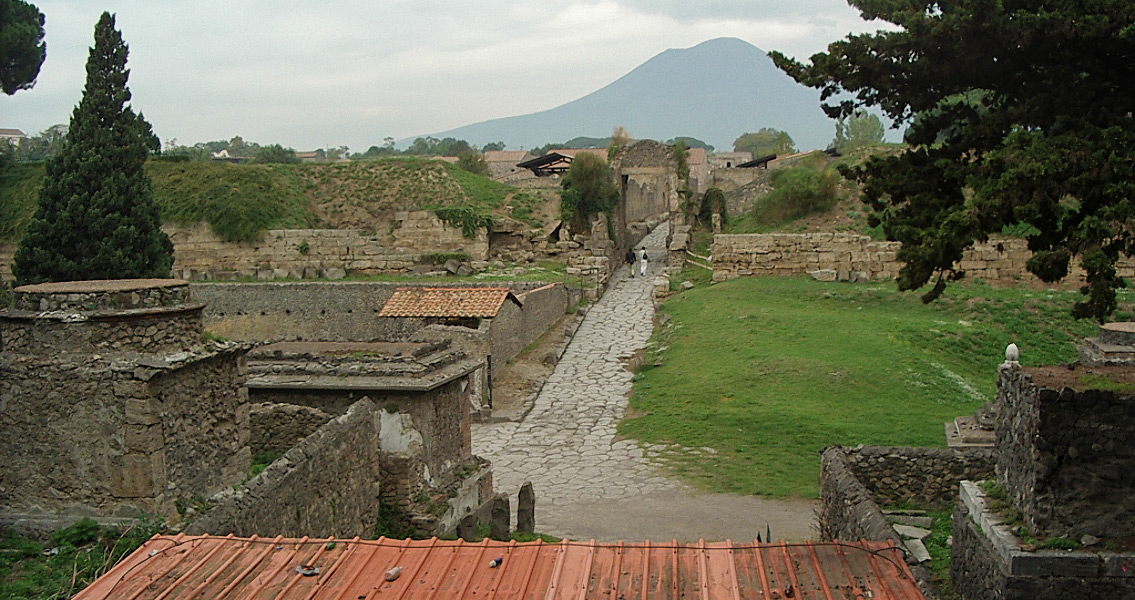<![CDATA[A pre-Roman tomb dating to the fourth century BCE has been discovered by accident in Pompeii and researchers working at the site hope it will provide valuable insight into the life of the Samnites, an Italic people that lived in the area before the Romans took over. The tomb contains the remains of an adult woman, aged between 35 and 40, and a number of clay jars, which probably contain food, wine, and cosmetics, the Italian edition of The Local reports. These jars were not made locally, the researchers note, but came from other regions of Italy, suggesting there were extensive trade connections between the different communities inhabiting the peninsula at the time. The site is remarkably well preserved, which means the Romans who took over Pompeii and the whole territory of the Samnites were aware of the tomb and did not disturb it in any way. Then, in 79 CE Vesuvius erupted, turning the city into a time capsule. Much later, during the Second World War, the ancient city was shelled heavily, but the tomb withstood that too. This rare extent of preservation is particularly interesting for archaeologists. Commenting on the find, Pompeii’s archaeological superintendent Massimo Osanna told media that the discovery is “exceptional” as science knows little about the pre-Roman history of Pompeii and the region. he added that “The burial objects will show us much about the role of women in Samnite society and can provide us with a useful social insight.” The team, from the French Centre Jean Berard in Naples, will continue with excavations of the area surrounding the tomb in the hope of finding other tombs as well because, as Osanna notes, tombs are rarely found alone. However, because of the heavy shelling during the Second World War, the chances of discovering another so well preserved burial site are quite slim. The Samnites gained control over the area in which Pompeii is located (now in Campania) around the fifth century BCE. They, like other local communities, fought against the Romans but were eventually subdued by the Roman Republic. Pompeii, however, remained administratively and linguistically autonomous, Ancient Origins writes, until the republic annexed it in 80 BCE. Very little is known about these early centuries of Pompeii and scientists get excited about any find that can shed some light on its pre-Roman history. The Jean Berard team have been lucky, discovering three pottery workshops near the necropolis at Herculaneum Gate over the last four years. The tomb of the Samnite woman was unearthed while excavating at these three workshops. Pompeii has been a major tourist attraction for decades but it is much older than the Roman empire. The settlement is believed to have been already in existence during the time of the Etruscans and the ancient Greeks, although not as a town but as a “safe harbour”, Ancient Origins relates. The town as such was built by the Oscans, a local people, some time in the sixth or seventh century BCE. The Samnites conquered the Oscans in the fifth century and gained control of the city and the region. Image courtesy of Wikimedia Commons user: Longbow4u]]>
2,400-Year-Old Tomb Unearthed in Pompeii
